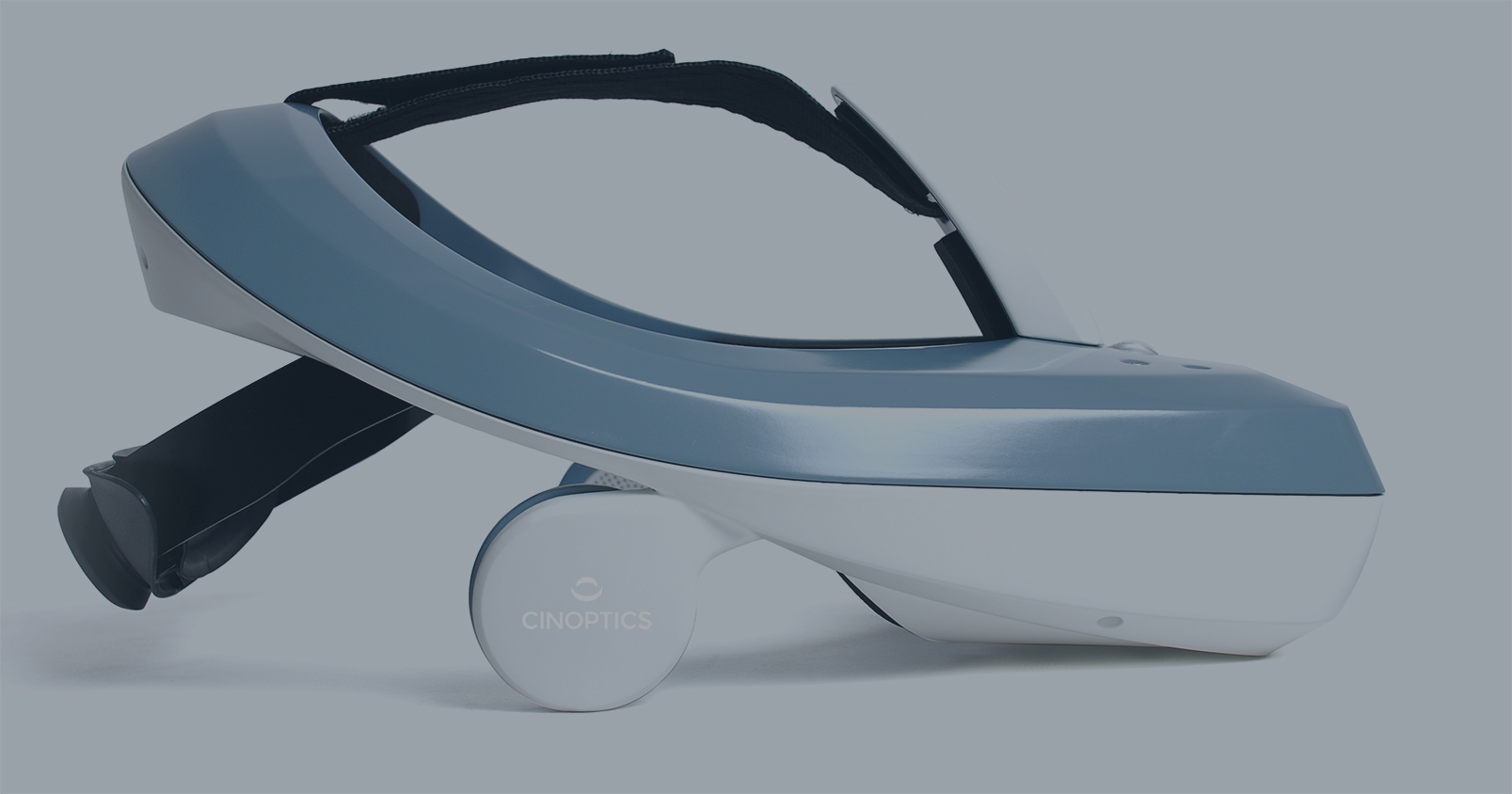Why long-term relationships help your business keep up with rapid technology change.
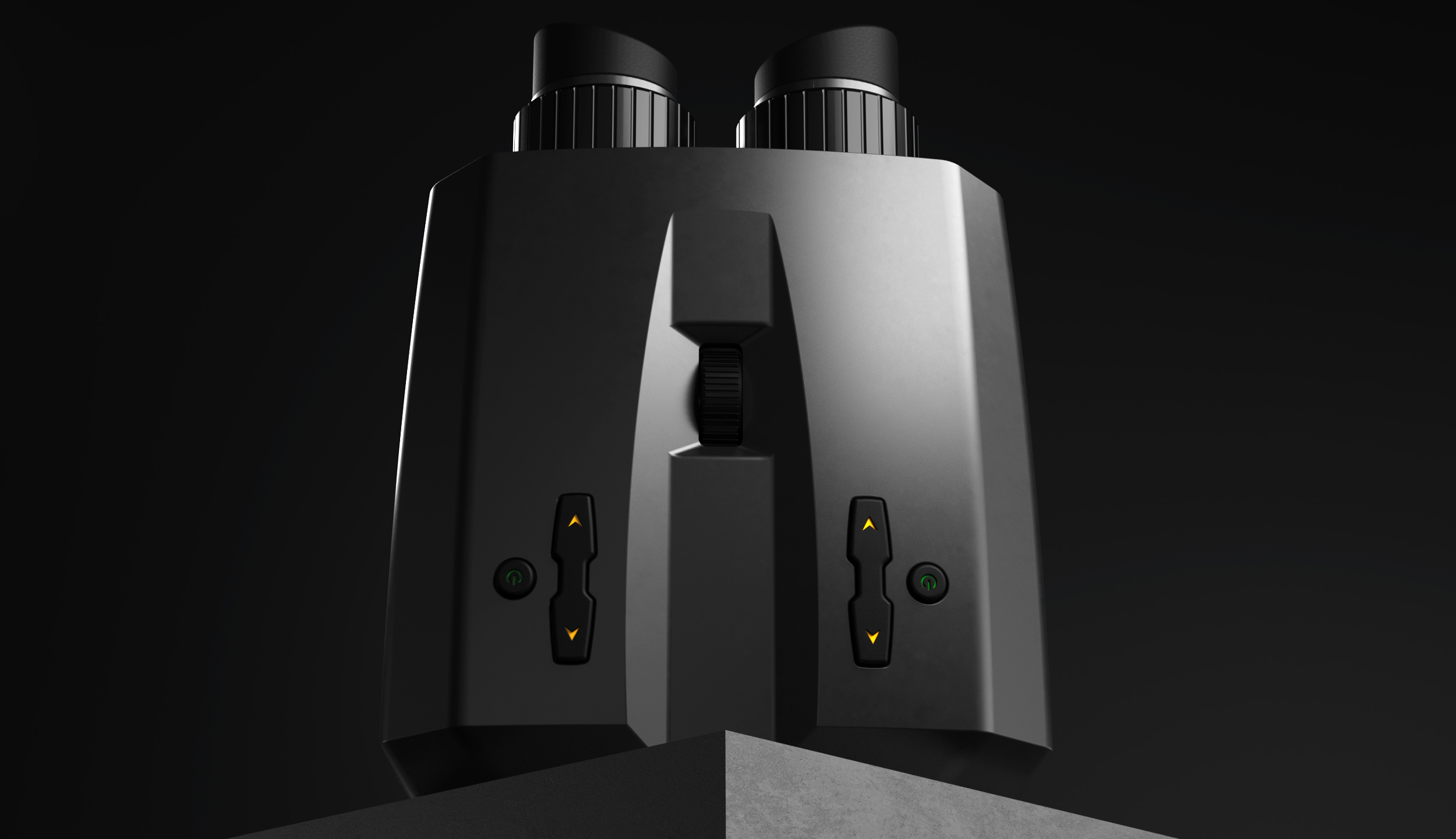
In a world where technology advances on a daily basis, taking a long-term approach to any aspect of business might seem counter-productive. However, building stable, lasting relationships will actually benefit you and help you stay ahead of the market.
According to an article in Forbes, the largest threat to global business is not political; instead, it cites rapid technological change as the largest challenge facing business leaders today. Your team not only need to keep up to date with innovation, they also need to be equipped with the latest skills. It’s a never-ending challenge.
Table of Contents
In this rapid-fire environment, the idea of building long-lasting relationships possibly sounds old fashioned, especially in the design industry where fresh new ideas are key. In fact, some would say that the only way to avoid becoming stale is to change your design team regularly. We would disagree.
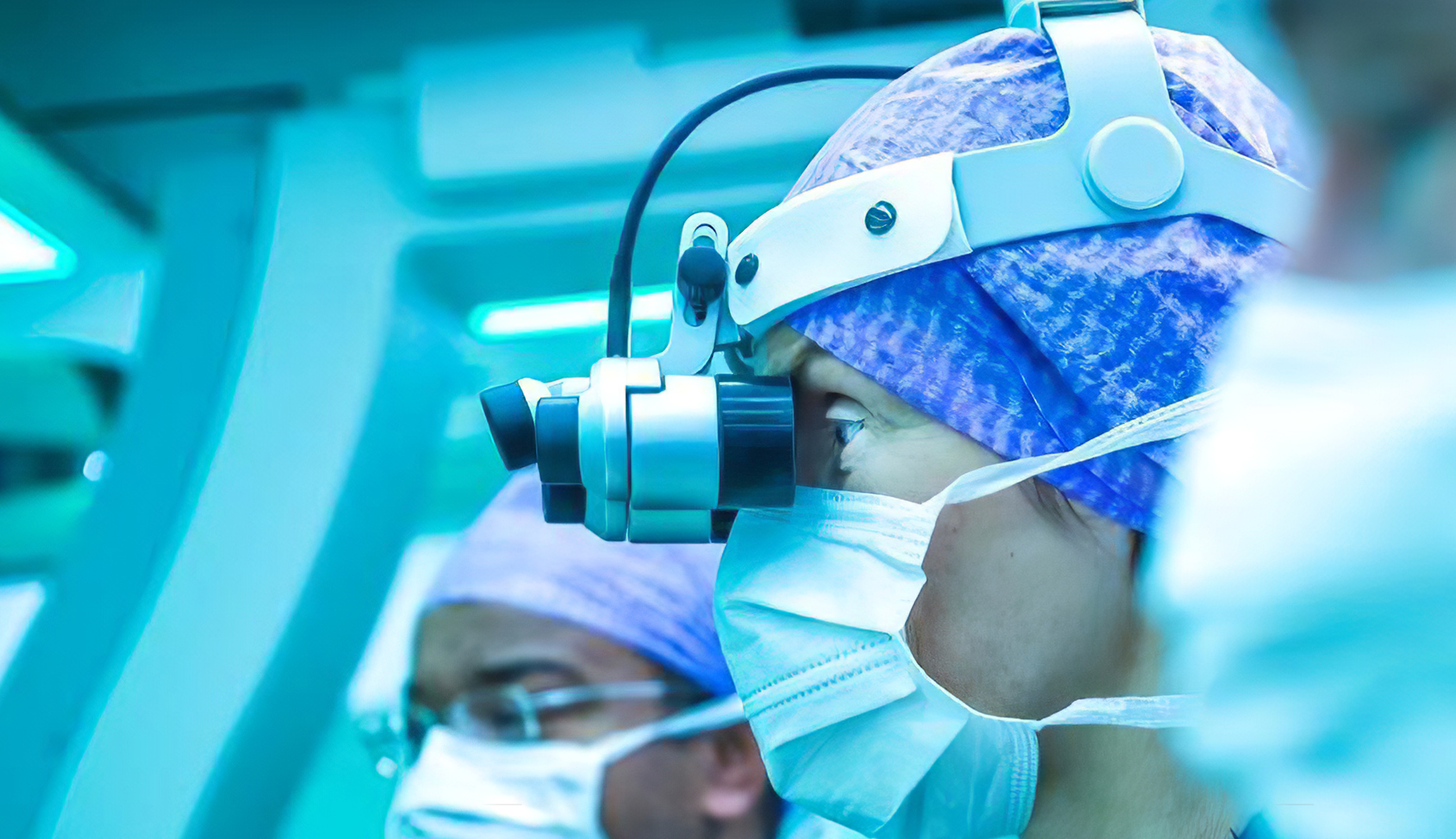
Understanding your business culture saves time
Bringing a new design to market is a time-consuming process, and time costs money. Speed is essential, but there are various factors that can help a project move along – and one of those is a strong and positive relationship with your project team.
As a company that designs products we appreciate the value of building long-term relationships with our clients. As a prime example, we have been working with Cinoptics BV for over 19 years. Cinoptics are a leading manufacturer of Augmented and Virtual Reality solutions.
As the company has evolved, our longstanding relationship has ensured we are integrated in their mission as a business. We understand their brand and ethos, and their target audience. When a new project begins, we don’t need time to catch up on the brief and research the market – our knowledge of their business goals means we are ready to get to work.
Communication takes trust
Trust is an important part of every client relationship. Our clients need to trust that we can deliver their vision, and to do that they need to share every part of their idea, including their motives and expectations.
As we all know, building high levels of trust in any relationship takes time – something that can’t be done by changing agency for every project. Once that relationship is built, communications can become open and clearer – and that’s when projects can flow easily.
Balancing speed and knowledge for quality products
There is a key difference in designing mass-market products to professional specialist equipment: the degree of innovation.
Consider a popular product in consumer wearable tech – the Virtual Reality headset. When these are produced for the gaming industry there is a broad range of user requirements. The technology is high-spec, but not specialised.
By comparison, VR equipment for medical or military use is developed to meet a specific set of needs; the design focuses on bringing together the most cutting edge technology to suit that purpose.
For example, we partnered with Cinoptics and hospitals in the Netherlands to produce Cobalt, specialised wearable technology to be used in the study and use of a VR headset as pain relief for patients with severe burn wounds. As a medical device design consultancy we had to make sure every component had to be carefully considered for this specific use. As well as the comfort of the wearer, the key consideration was the quality of the optics. We incorporated cutting edge display technology for this innovative and highly specific use.
Although the end use was completely new, we were able to draw on our industry knowledge gained through years of experience working with Cinoptics in the VR field. This meant we didn’t repeat previously tried methods, or digress down avenues that we already knew, from earlier projects, wouldn’t fit the Cobalt requirements
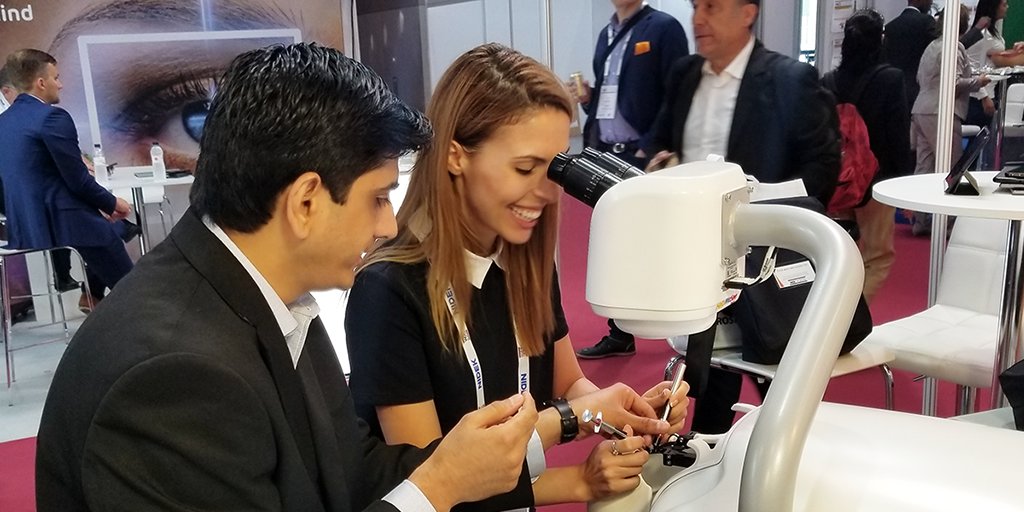
It takes multiple components to create beautiful design
As part of the design process for Cobalt, we considered far more than the technology involved. We also looked at the ergonomics for long-term use on different body shapes, the interpupillary distance, wearer comfort and so on. The lessons learned here were then used in future projects such as Airo, an augmented reality head mounted display used in medical simulation training for surgery, and for IRIS, a virtual microscope for simulated cataract surgery training this was for the HelpMeSee Organisation.
There are, however, multiple components that go into the final design. Hardware, software, display technology, microelectronics – as industrial designers, we must remain aware of the innovations in every individual element that makes up the final product.
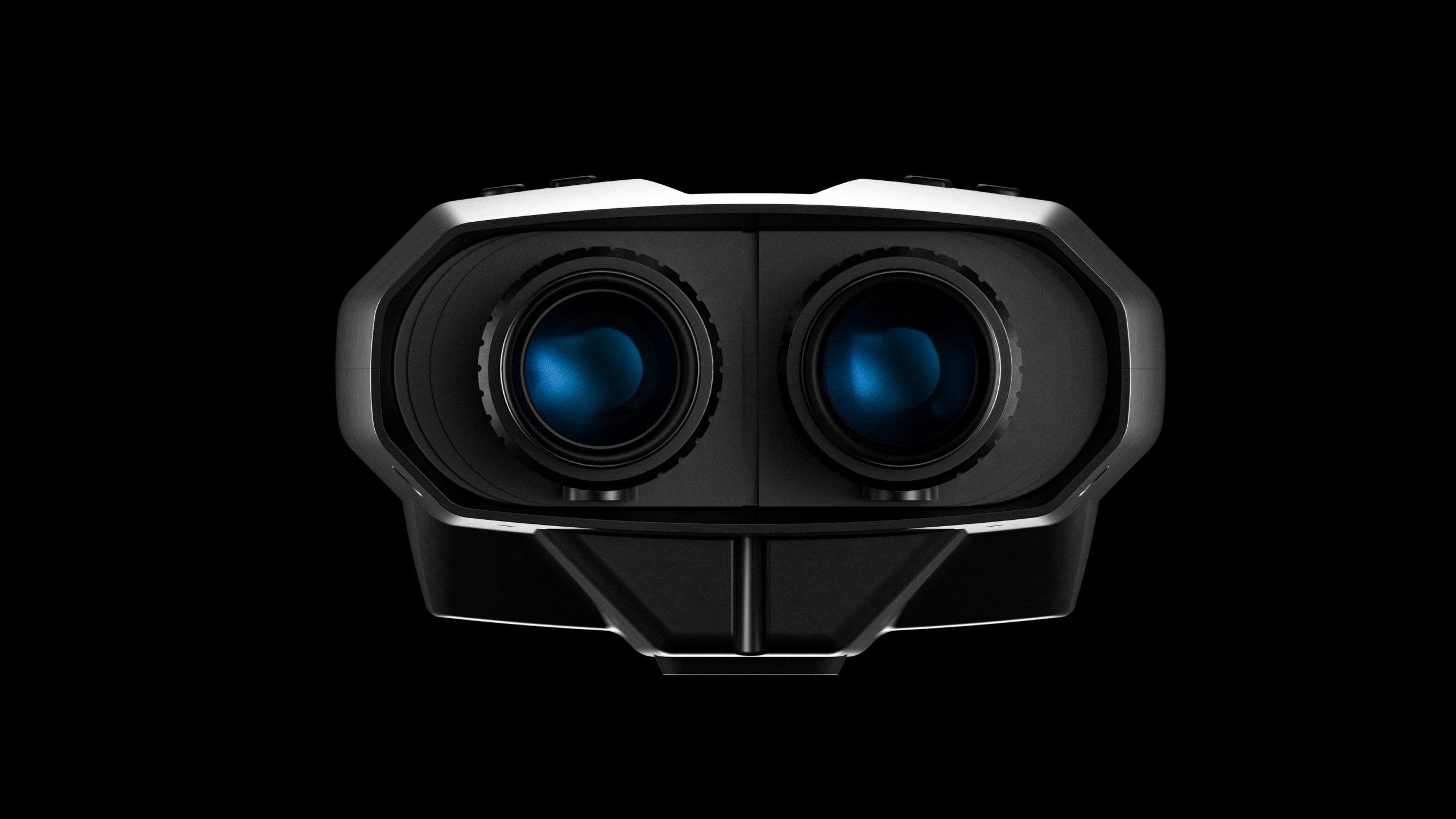
Long-term relationships help you build better products
It’s this rapid technological change, and the innovative application of it within each new product, that makes every project we work on a brand new challenge. Incorporating new technology means taking a fresh approach to every project; there’s no time to become stale in this environment.
We believe that a long-term relationship with the right design team leads to far greater rewards for all parties. Our relationship with Cinoptics has led to award winning, market leading AR and VR military and medical technology. We are now proud to be one of a handful of specialists with this depth of knowledge in the industry. And we relish the challenge every project brings in using our experience to solve new problems with the most innovative technological solutions.
We’re at the Wearable Technology Show on 12th and 13th March. Come along to see us at the Business Design Centre in London, and gets hands on with some of the products we’ll have on display.
Like to learn more?
Socials



